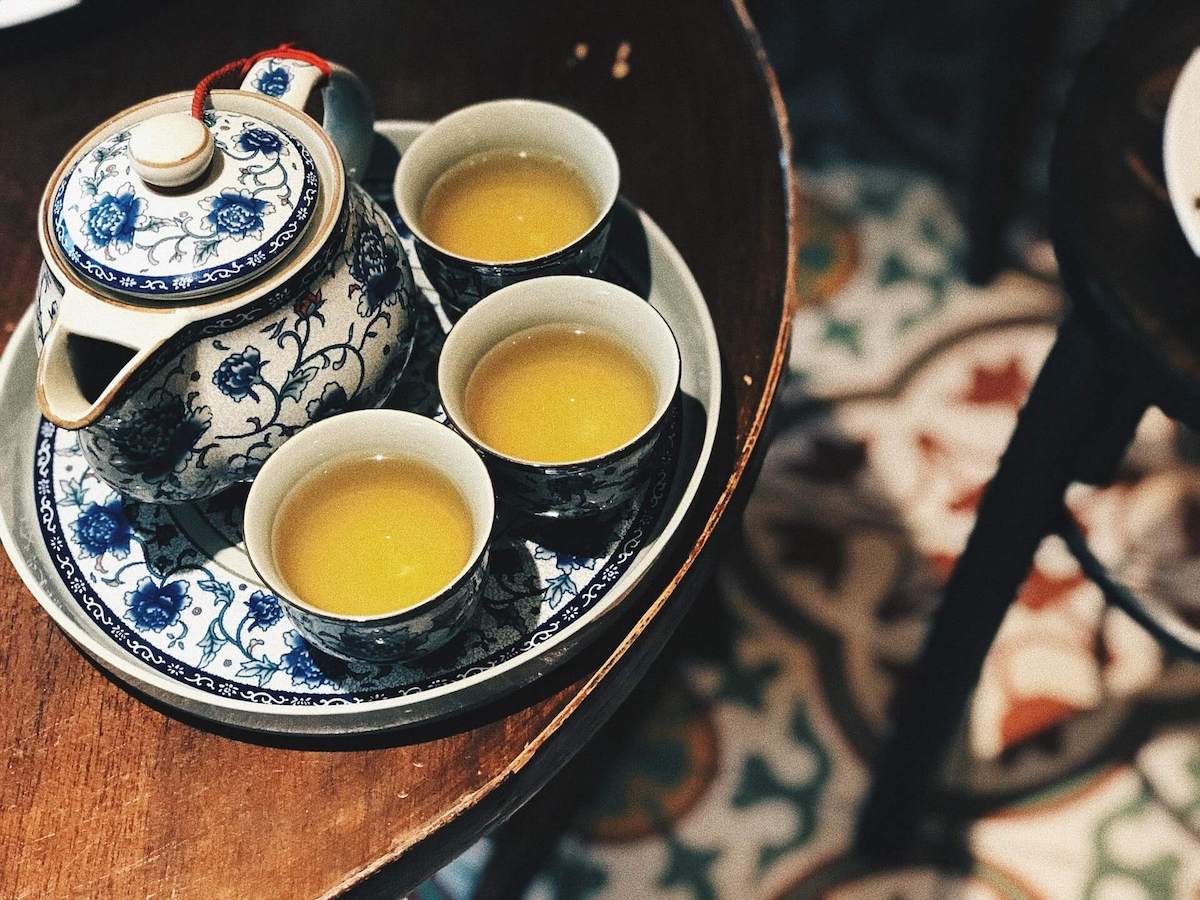What is Oolong Tea?


What You Need to Know About Oolong Tea
What is Oolong Tea?
Oolong tea or black dragon tea is a traditional Chinese tea popular in Asia and produced mainly in China and Taiwan. Although all tea leaves come from the same plant, oolong tea leaves are oxidated (allowed to brown) at a level of 8 to 85%, which is more than green tea but less than black tea. There are various types of oolong tea in the market, ranging from floral and fruity to malty and earthy.
Benefits of Oolong Tea
1. Weight Loss
Oolong tea contains caffeine and polyphenols that increase metabolism. Plus, caffeine provides an extra boost to be active throughout the day, which leads to fat burning.
2. Immune System
Polyphenols and antioxidants in oolong prevent cellular damage and fight against cancer cells, supporting the immune system.
3. Improve Gut Health
Although caffeine can upset an empty stomach, oolong tea can help inhibit harmful bacteria growth and reduce inflammation in the digestive tract. Traditionally, oolong tea is consumed hot after a meal to calm and soothe the stomach, which aids digestion.
4. Increase Alertness
Oolong Tea contains caffeine, which energies the body, increases mental alertness, and improves attention.
5. Calming Effect
Theanine is an amino acid in oolong tea that helps calms the body and reduces anxiety. When combined with caffeine, the body gets a gentle energy boost.
6. Heart Health
Catechins in tea help lower blood pressure and cholesterol, which support heart health. This effect may be due to its anti-inflammatory and antioxidant properties. However, more research is needed to study this link.
How to Brew Oolong Tea
Oolong Tea leaves are available as tea bags or loose leaves either twisted or furled into a small ball. The tea is brewed at a high temperature between 82°C to 96°C (185 to 205°F) and can be steep for many infusions. As there are many types of oolong tea, adjust the temperature and time accordingly.
